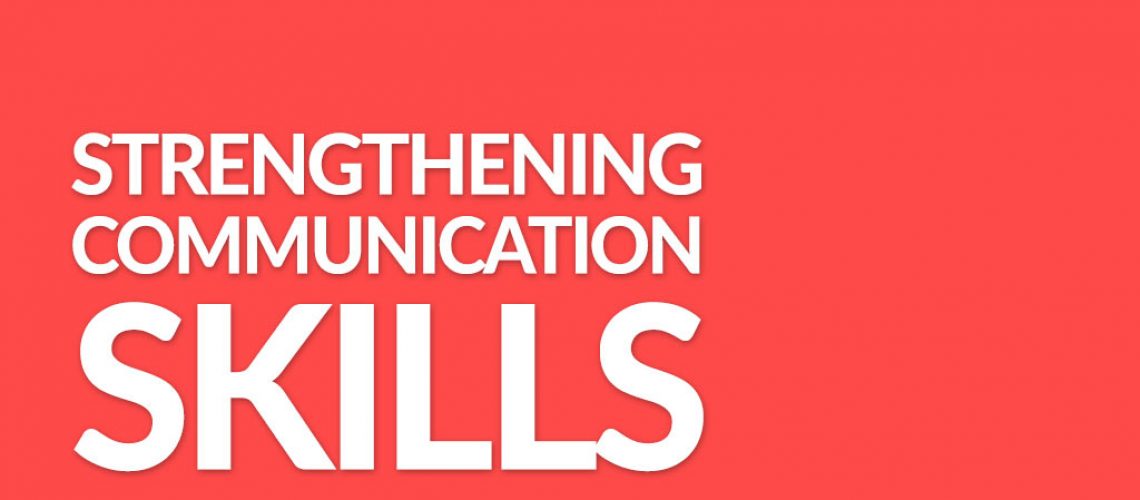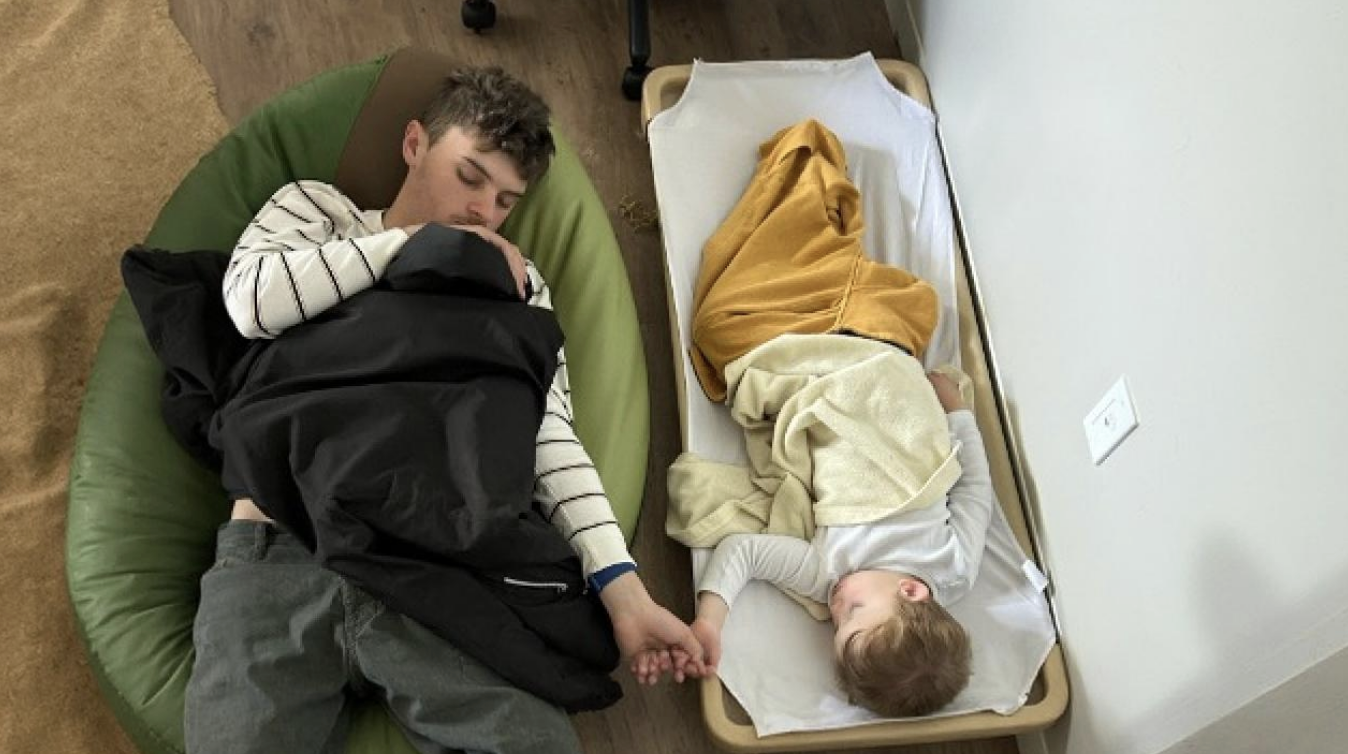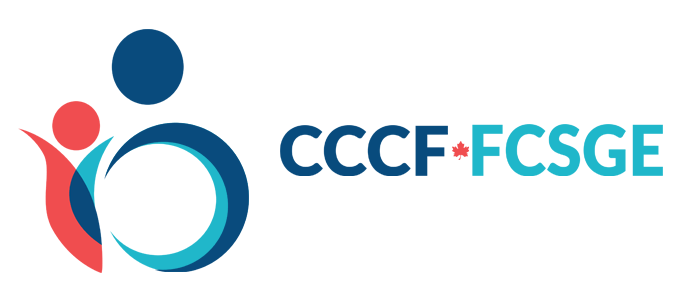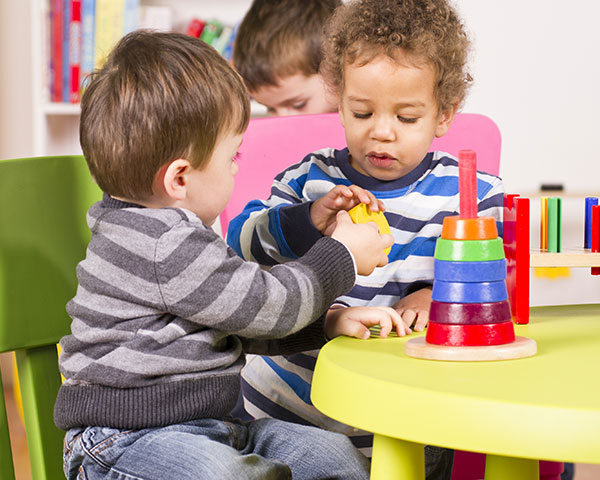Tips for Encouraging Language and Literacy at Home and in Child Care
Child care experts today agree that the components of language and literacy – the ability to listen, speak, read and write – are equal and interrelated: the development of one relies on the development of the others. They also agree that good language and literacy skills are essential to a child’s social development and social well-being. Being able to communicate well improves a child’s self-esteem and ability to get along with other children and adults; it helps a child feel more in control and ensures that he or she will be well-received by peers and adults alike. And they agree that, together, child care practitioners and parents can encourage language and literacy through simple daily activities.
Ideas for both parents and child care practitioners
- Create “print-rich” areas, full of books, magazines and newspapers.
- Read to your child (or children) every day. Point out words and letters – and the sounds of each word and letter – while you read. Ask your child openended questions about what you have read together.
- Incorporate the stories you read into play-time – by having the children draw new illustrations for something in the book, for example.
- Talk with your child one-on-one; try to keep the conversation going for at least five turns.
- Make language fun by making up rhymes or inventing word games, such as using only words that begin with “B” for at least two sentences.
” Together, child care practitioners and parents can encourage language and literacy through simple daily activities.”
Ideas for child care practitioners
- Spend some time getting to know the families of the children in your care, the activities they do together and what their children’s interests are.
- Share what you have discovered about each child so that both you and the parents can encourage the child’s particular interests – by choosing a book about dogs, for example, for a girl who loves animals, or continuing a rhyming game at home that a boy really loved at child care.
- Find out if the family has books and other print materials at home; encourage them to use the local library or other community resources for more materials.
- Make up a “literacy bag” for families with fewer resources. Include print materials as well as crayons or pencils and paper.
- Encourage parents to make reading or story-telling a time when they can sit calmly together with their child to help connect language and literacy with a warm and happy experience.
- Recommend that family members read and write in front of their children (children learn a great deal by example, so seeing an adult reading and writing is crucial).
- Reassure parents that each child is different and each will learn to use language in a slightly different way and at slightly different times. Share with them your observations on their child’s progress and celebrate together as their child acquires new language and literacy skills.

Ideas for child care practitioners working with children and families from other cultures and with other languages
- Find out about the cultures and languages of the children in your centre (the Internet is a great resource).
- Show that you value their languages just as highly as English by incorporating books in their languages into your library and stories from their cultures into your day-to-day activities.
- Create opportunities for the children to listen, speak, read and write in their first languages as well as English.
- Share your knowledge that children need regular exposure to both the first and the second language to become successfully bilingual, and that learning to listen, speak, read and write in the first language supports developing these same skills in the second language.
- Suggest family members alternate reading or telling stories in their first language with stories in English and encourage their children to use both languages equally.
- Above all, be open and receptive to the family’s ideas about how they think they (and you) can help strengthen their child’s language and literacy skills.












